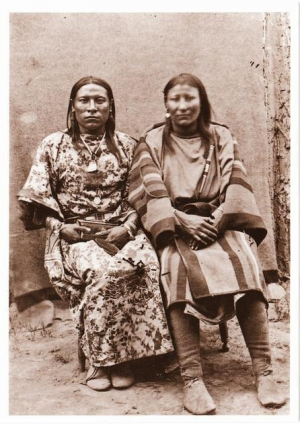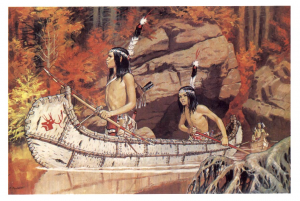(Boylove Documentary Sourcebook) - The "Bate" Third-Gender Class of the Crow People of the United States: Difference between revisions
From BoyWiki
Created page with "File:John H. Fouch - Osh-Tisch, on the left, seated with a female companion, possibly The Other Magpie.png|thumb|center|The Crow <i>bate</i> Osh-Tisch ("Finds Them and Kills..." |
m Dandelion moved page (Boylove Documentary Sourcebook) - The "Bate" Third-Gender Class of the Crow of the United States to (Boylove Documentary Sourcebook) - The "Bate" Third-Gender Class of the Crow People of the United States |
||
| (2 intermediate revisions by the same user not shown) | |||
| Line 28: | Line 28: | ||
[[Category:Boylove Sourcebook]] | [[Category:Boylove Documentary Sourcebook]] | ||
[[Category:United States]] | [[Category:United States]] | ||
[[Category:Ethnic groups]] | [[Category:Ethnic groups]] | ||
[[Category:Anthropological literature]] | [[Category:Anthropological literature]] | ||
[[Category:Sexuality]] | [[Category:Sexuality]] | ||
Latest revision as of 05:22, 4 November 2021

From Patterns of Sexual Behavior by Clellan S. Ford and Frank A. Beach (New York: Harper & Brothers and Paul B. Hoeber, Inc., 1951).
Note: The Crow term bate can be translated as "not man, not woman".[1]
Sodomy apparently is absent among the Crow Indians, although oral-genital contacts are fairly frequent. A few Crow men adopt women’s dress and mannerisms, and live alone. Adolescent boys and occasionally older men visit these bate, as they are called. The bate stimulates the boy’s genitals orally. One informant stated that there were four such men in his community and that seventeen of his adolescent friends visited them occasionally.

References
- ↑ Sabine Lang, Men as Women, Women as Men: Changing Gender in Native American Cultures, trans. John L. Vantine (Austin: University of Texas Press, 1998), p. 248.